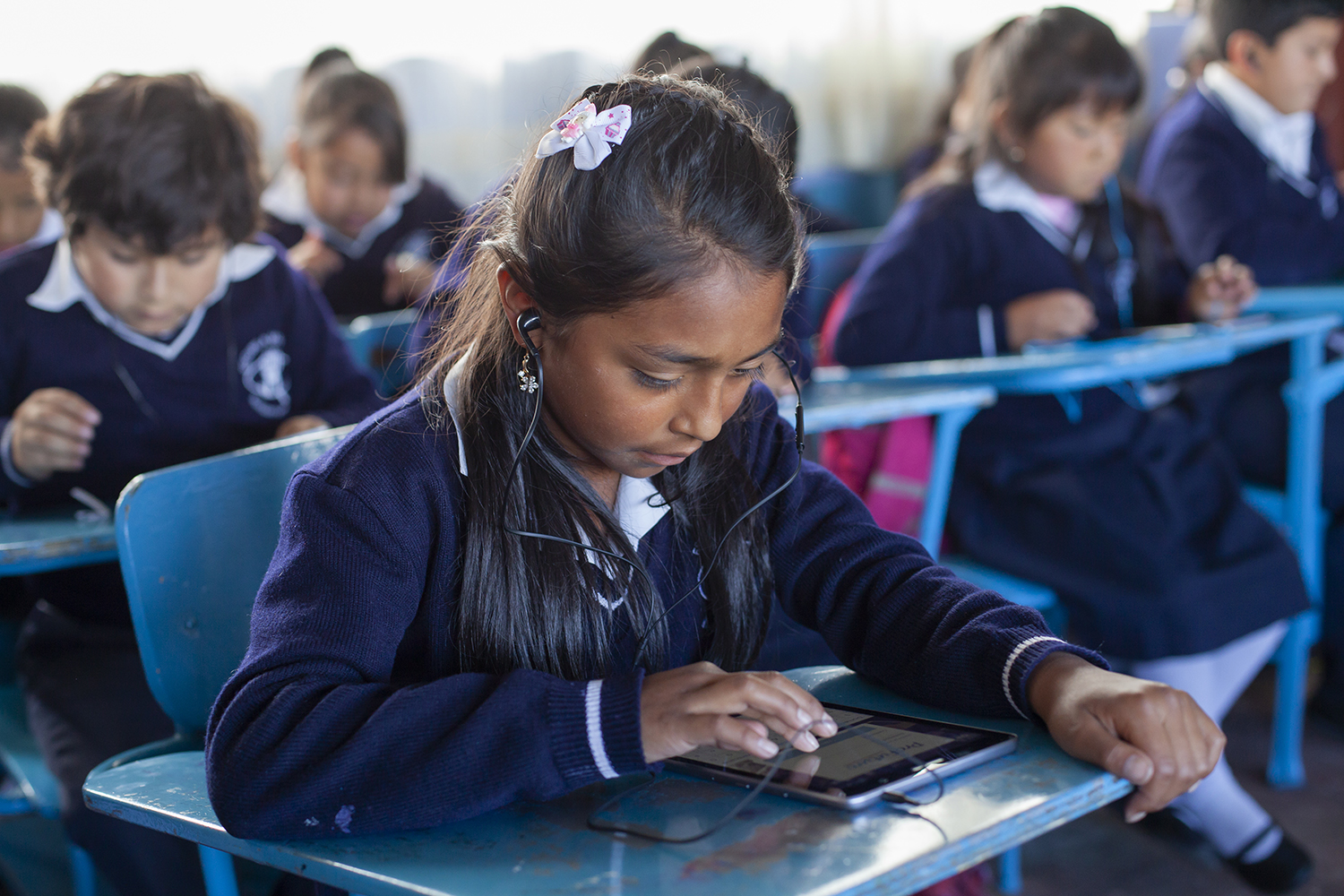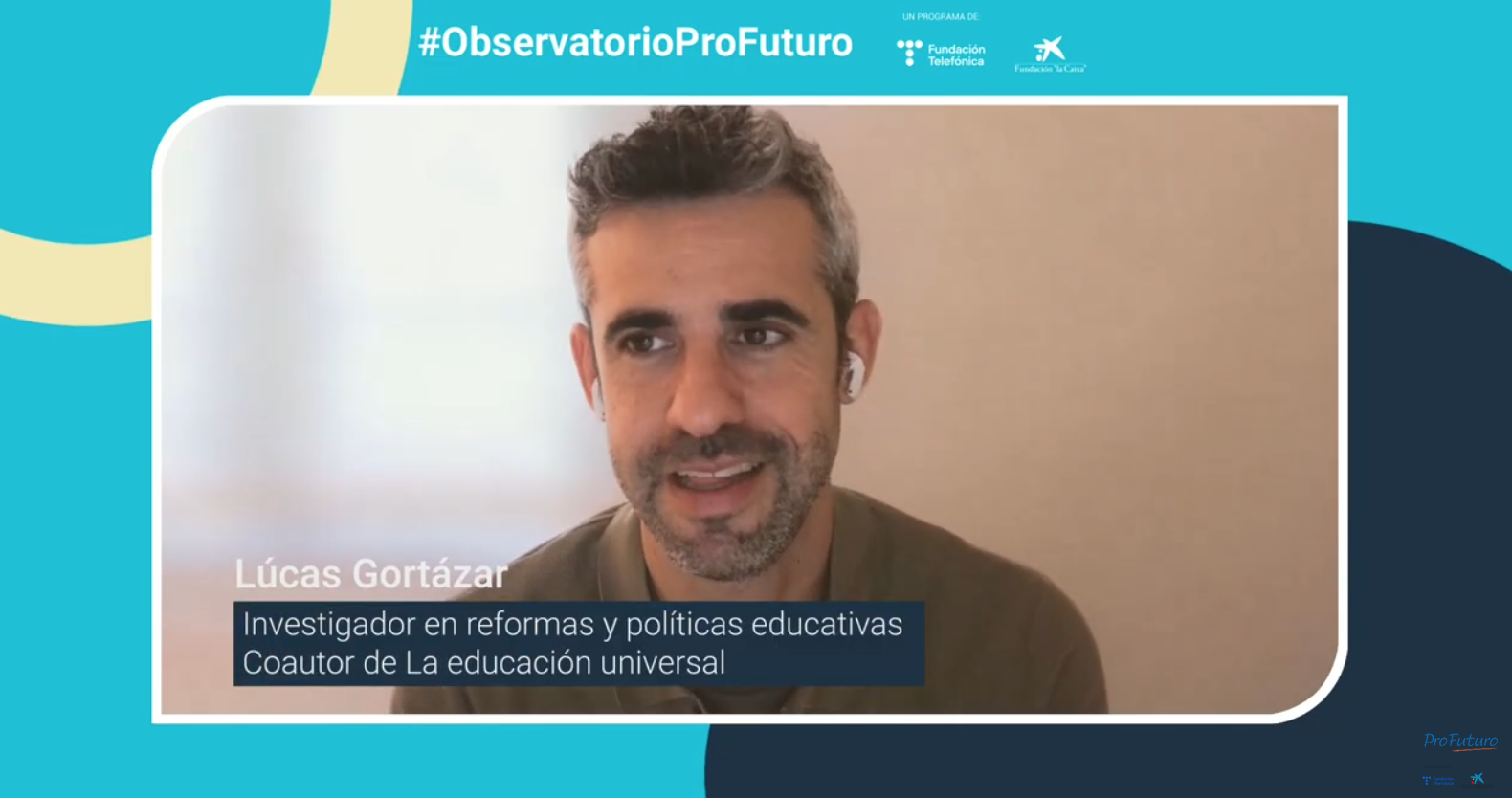Six-year-old children teaching their grandparents how to use the internet and configuring the settings on their mobile phones; applications for digital devices designed and targeted at five-year-old children… That kids are making increasing use of digital technologies and the internet is a completely irrefutable fact. To see for yourself, you only have to stop and look around you: in doctors’ waiting rooms, in bars and restaurants, on public transport… But if you want official data, we have that too. According to UNICEF, one in three internet users worldwide is a child. In Spain, data from the National Institute of Statistics show that, in 2020, 86.7% of 10-year-old children access the internet regularly, a percentage that rises to 92.4 for 11-year-olds and 92.8 for the 12-year-olds. On the other hand, 69.5% of the population aged 10 to 15 years old has a mobile phone.
It is also universally acknowledged that new technologies have brought huge benefits in all areas of life, but it is also true that the use of information and communication technologies carries serious risks, especially for the younger population, and that measures to protect children from the risks of the digital world are still weak. UNICEF says so in its report The State of the World’s Children 2017: Children in a digital world which looks at how digital technology is affecting children’s lives. According to the publication, governments and the private sector have failed to keep pace with change, leaving the youngest children exposed to new risks and dangers, while millions of disadvantaged children have been left behind.
The State of the World’s Children addresses how the Internet has increased children’s vulnerability to risks and dangers, such as misuse of their private information, access to harmful content and cyberbullying. The widespread presence of mobile devices has made children’s online access less supervised and potentially more dangerous, and digital networks such as the ‘deep web’ and cryptocurrencies are facilitating the worst forms of exploitation and abuse, including trafficking and the online dissemination of ‘bespoke’ child pornography.
So, what can we do to protect children from the risks of misusing these technologies? Experts agree that the main problem is not technology but the way in which the 21st century citizen is being educated. Young people must learn to use technology safely, ethically, critically and responsibly. In 2018, the OECD began measuring so-called Global Competence in its PISA Report. Global competence relates to the needs of the new diverse, interconnected and independent society. It measures such things as respect for difference, sensitivity to the views of others, students’ ability to distinguish right from wrong, and how they understand and critically analyse global and intercultural issues. Their findings were not very encouraging: for example, only one in 10 students were able to distinguish between facts and opinions and almost 25% reported being bullied at least once a month. Some studies have shown that while young children (digital natives) are fluent with new technologies, they lack the technical, critical and social skills needed to deal with the dangers they present.
How can we train the new generations to make responsible use of new technologies? What do you need to learn in order to become a “digitally competent” staff member? In the ProFuturo’s Global Framework for Competence for Learning and Educating in the Digital Age states that one of the fundamental elements of competence for learning in the digital age is “the application of critical and creative thinking and its implementation in the transformation of reality. In this respect, critical and creative thinking is both a starting point for learning (critical and creative reading of reality or information) and a pathway for the development of engaged citizenship (transformation of reality through critical and creative learning).”
In simple terms, in order to develop critical thinking, it is essential to learn how to think. This consists of a series of skills ranging from identifying and recognising relationships, making correct inferences, evaluating evidence, making sound propositions and drawing conclusions. Critical thinking, then, is a necessary condition for responsible and safe use of networks. And it can be promoted, among other things, by encouraging the development of computational thinking at home and at school because, as we at ProFuturo have proposed, it is an unequivocal key for children to learn to evaluate, discern, make decisions and act in a safe and secure way.
Schools and teachers, as well as families, play an essential role in the development of digital competence. Schools are in an ideal position to promote an educational, creative and safe use of new technologies. But there is also a need for institutional policies that contribute to the formation of future digital citizens, committed to the values of the diverse, interconnected and global society of the 21st century.






